Introduction
The CENT-S exam organized by CISIA is widely used by Italian universities as an admission requirement for degree programs related to Engineering, Economics, Pharmacy, and other fields. The CENT-S is offered for non-EU applicants.
If you plan to enroll for a bachelor’s degree (level 1 program) in a university participating in the CISIA testing system, then you will need to take the CENT-S Exam.
Universities accepting CENT-S
- UER – European University of Rome
- University of Siena
- Alma Mater Studiorum – University of Bologna
- Sapienza – University of Rome
- Ca’ Foscari University of Venice
- University of Campania “Luigi Vanvitelli”
- University of Cassino and Southern Lazio
- University of Florence
- University of Messina
- University of Milan
- University of Trento
- University of Trieste
- University of Pisa
- University of Macerata
- University of Turin
Popular degree programs taught in English
Some of the in-demand degree programs among non-EU students include:
- Digital Management – Ca’ Foscari University of Venice
- Economics and Business – Ca’ Foscari University of Venice
- Nursing – Sapienza – University of Rome
- Molecular Biology, Medicinal Chemistry and Computer Science for Pharmaceutical Applications – Sapienza – University of Rome
- Economics, politics and social sciences (EPOS) – University of Bologna
- International relations and diplomatic affairs – University of Bologna
- International Politics, Law and Economics (IPLE) – University of Milan
In this blog post, I hope to break down everything you need to know about the CENT-S exam and answer some popular questions.
CENT-S Exam Structure
The main objective of the TOLC-E Exam is to test your logical reasoning, mathematics, and science skills. There are 5 sections: Mathematics, Logic, Biology, Chemistry, and Physics. The exam duration is 110 minutes.
| Sections | Questions | Duration (mins) |
|---|---|---|
| Mathematics | 15 | 30 |
| Reasoning on Texts and Data | 15 | 30 |
| Biology | 10 | 20 |
| Chemistry | 10 | 20 |
| Physics | 5 | 10 |
| Total | 55 | 110 |
The test consists of 55 multiple-choice questions in total. A well-received update of the CENT-S exam is that, unlike the previous English TOLC exam series, the syllabus for the “Reasoning on Texts and Data” has been provided, which will be a great relief for candidates. The math section has a well-defined topic set, which I’ll break down next.
Breakdown of Math Section
Below is a list of the topics you should expect in the CENT-S math section, along with the priorities.
Numbers – 10-15%
- Percentages and Ratios
- Factors and multiples of natural numbers
- Properties of rational, integers, fractions, and decimal numbers
Algebra – 15-20%
- Linear and quadratic equations and inequalities
- Systems of equations and inequalities
- factorisation and roots of a polynomial
Geometry – 5-10%
- Geometry of simple shapes – Volume, area, perimeter, etc.
- Graphs of straight lines and their properties
- Working with Cartesian coordinates
Exponentials and Logarithms – 15-20%
- Solving Logarithmic and exponential equations
- Solving Logoarithmic and exponential inequalities
Combinatorics and probability – 5-10%
This is a placeholder tab content. It is important to have the necessary information in the block, but at this stage, it is just a placeholder to help you visualise how the content is displayed. Feel free to edit this with your actual content.
Relations and functions – 10-15%
- Function notation
- Absolute functions
- Domain and Range of functions
- Graphs of elementary functions such as polynomials, logarithmic, and exponentials
Basic Statistics – 5-10%
- Representation and interpretation of data using tables and graphs (histograms, pie charts, etc.)
- concept of absolute and relative frequency
- measures of central tendency (mean, median, and mode).
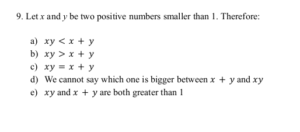
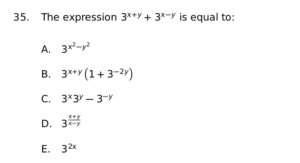
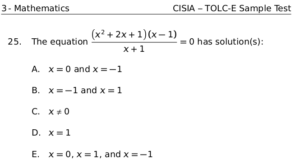
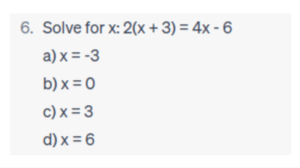
Breakdown of the Reasoning Section
Below is a list of the topics you should expect in the CENT-S math section, along with the priorities.
Logic and deductive reasoning
- understand common language words that function as logical connectives (negation, conjunction, disjunction, implication) and the expressions ‘every’, ‘all’, ‘each’, ‘none’, ‘at least’
- establish in which cases a given proposition is verified or not and recognize compatibility, incompatibility or equivalence between propositions
- deduces logical consequences from one or more propositions or the falseness of a proposition, using different representations, including sets and their fundamental operations (union, intersection, difference, complement)
- deny a given proposition or identify a counterexample to a given proposition
- understand and use the concepts of necessary condition, sufficient condition, necessary and sufficient condition
- use different representations to deduce logical consequences.
Interpretation and manipulation of data
- understand texts that use different types of languages and representations, move from one type of representation to another
- extract numerical information from texts, tables and graphs (eg histograms, pie charts, line charts)
- draw conclusions from a certain data set or determine whether a certain statement is supported by the data
- understand and use different criteria for sorting data
- recognize the process required to obtain a certain piece of information from a data set.
Problem solving and basic mathematical language
- understand the information of a given text that may include figures, tables, diagrams
- represent the information of a given problem using schemas, tables, sets, diagrams
- calculate or estimate the result of simple operations, sort and compare numbers
- understand and use the concepts of percentage, ratio, proportionality, arithmetic mean
- translate a relationship expressed in words into an equation (algebraic modeling) or extract information from a given equation or formula
- assess the validity of a mathematical result as a solution to a real problem.
Now that we have looked at the domain of the cent-s exam, let’s find out how the scores are given.
Grading System
For the CENT-S, you need to be aware of the negative marking policy. The points system can be summarized as follows:
1 point for each correct answer
0 points for each answer not provided
0.25 penalty points for each incorrect answer.
Following is a sample score report after completing the CENT-S exam.
What is a good score?
Cisia does not assign a specific pass mark; instead, universities have the authority to interpret CENT-S results independently. Many degree programs implement their internal scoring system, including coefficients to evaluate individual section scores and establish their passing threshold (usually dictated by the demand for seats).
To access the assessment criteria and past cut-off scores for your chosen degree program, visit the official website of the university. Following is a snippet of the Spring selection ranking for the academic year 2023/2024 for the Digital Management degree program at Ca’ Foscari University of Venice.
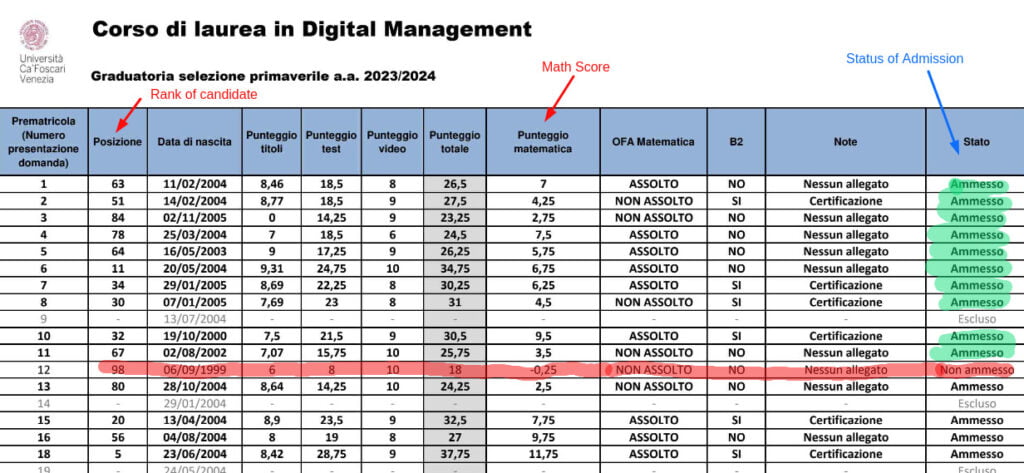
Resources
One of the major drawbacks when preparing for the CENT-S is the scarcity of official resources in English. Apart from the sample test available on the Cisia website, here are 3 resources that can help you prepare for the CENT-S exam.
- SAT practice papers and resources – The SAT exam offered by CollegeBoard tests skills that align closely with the CENT-S exam.
- On the official CISIA website, you can get sample exams of the TOLC-E, TOLC-F, and the TOLC-I along with simulations for each of them. These can be helpful to practice the different sections.
- Get one-to-one personalized CENT-S exam training from Cloud LearnX. Our Expert tutors can help you ace the “Mathematics” and “Reasoning with texts and logic” section at affordable hourly rates.
FAQ
Does the CENT-S exam allow calculators?
Calculators and other tools or aids are not allowed in the CENT-S exam unless granted by the location.
Can I retake the exam?
Unlike previously with the unlimited reattempts in the TOLC exams, now you can take the test only once per macro-period.
What are the prerequisites for taking the CENT-S?
Students starting from their penultimate year of high school or anyone with a high school diploma or equivalent can take the CENT-S test.
Can I take the cent-s from home?
Yes, you can use the TOLC@CASA facility to take the exam from home. Refer to the Regulations for TOLC@CASA on the official cisia website to assess if you can meet the hardware and software requirements.
When will I get the results?
You will see your score immediately after you complete the test. But if you took the TOLC@CASA, then your score will be recognized as official and made available only as of 7 p.m. after 48 hours from the end of the TOLC@CASA.
Conclusion
In conclusion, the CENT-S Exam is a crucial step towards securing your place in top Italian universities, especially for economics-related programs. Understanding its structure, scoring, and resources is essential.
To ensure your success, consider exploring one-to-one personalized CENT-S exam prep sessions with expert tutors on Cloud LearnX. With expert guidance and dedicated practice, you can confidently tackle the math section and achieve your academic goals.
CENT-S Math Training
Book a Free Consultation

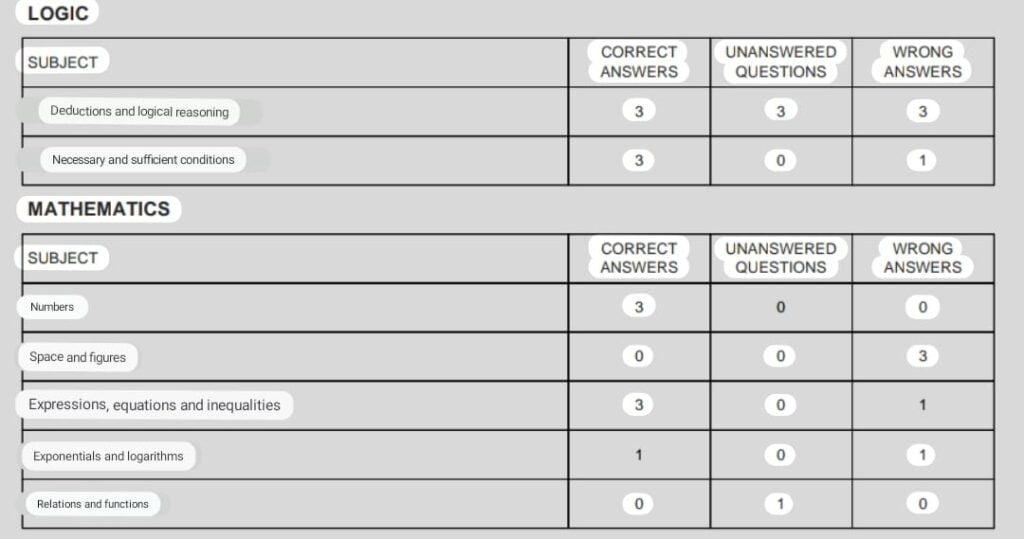
Leave a Reply